| Yesterday I ventured with Matt and Brian to the Content Keys, where we met with two guides who took us on an adventure through the Florida mangroves. Mangroves are trees that grow partially submerged in the ocean. It felt like we were filming a Discovery Channel special (like this one on mangroves). We were there because we wanted to learn more about the grouper from an expert, our guide Don, who formerly hunted the fish but now tries to protect them. Matt and I will attempt to film the grouper's unique feeding strike during our saturation on Mission 31. Mangroves are amazing plants. They thrive in the salt water either by filtering out the salt at their roots or secreting excess salt through their leaves. They form forests in the middle of the ocean that harbor juvenile fish, filter water, and serve as attachment points for other water-filtering marine organisms. In addition, animals, such as pelicans and other costal birds, find shelter in the branches. There are even stories of monkeys living in the Florida mangroves! We snorkeled in the mangroves for several hours. Swimming under their branches, it was an alien world, like a scene from Avatar. We saw grouper, many snapper, some horse shoe crabs, and tiny crabs. The sounds were like nothing I've heard before. I could hear branches creaking and snapping, the rush of the current, and some popping noises from fish. Matt and Brian used the fancy RED camera to film the experience in incredible quality. The RED camera has more than 5 times the number of pixels of the very best HD camera. You'll have to wait to see their footage -- it'll be worth the wait! | Intrepid M31 photographers Brian and Matt setting up the RED camera. Their footage will come out later; it's worth the wait! Samantha, our German shepherd mascot, retweeted this photo :) Our captain Mike knew the mangroves like the back of his hand. this was a good thing! The mangroves were like a thorny maze. |
This is what the mangroves looked like, although this isn't my photo. Credit floridarambler.com. Sometimes I'd look up and not see the end of our path. It'd be easy to get lost in the maze, but thankfully we had an excellent guide.
Mangrove Update
Update: Our guide Don just sent me a copy of July's National Geographic with a terrific piece with amazing photos about the Goliath Grouper in the mangroves that they've been working on for years. I'll write a separate post soon about his fascinating work and this interesting creature that can be up to 800 lbs and nine feet long! (added 6/21/14)
A REASON TO SMILE: Thank You Notes
This afternoon I got a very pleasant surprise in the mail. The students at Birches, whom I chatted with last week, sent me many thank you notes. It put a huge smile on my face! The letters have more excellent questions too. Kids are so curious! Have you seen anything cool? Have you swam with sea snakes? What other animals have you seen? Will you send me a 'pikshr'? My first visit with this school was in the fall, and it was great (blog post here).
Some Work, Some fun
| The past few days I've also been helping prepare science research, so everything is ready for our saturation on June 17th. The Northeastern surface team, who has a fantastic blog here, started shipping their gear last week, and it's slowly arriving at base. One of the things I was most excited to receive was the plankton traps from graduate student Amanda Dwyer. On our first day in Aquarius, fellow aquanaut Liz and I will deploy a dozen of the traps over different regions of the coral reef. All traps are small, so they are minimally invasive. They will collect zooplankton that rise into the net. Each day and night we'll then collect samples from the net, and Amanda will analyze the results. She'll be able to tell the health of the reef from the samples, and learn more about the zooplankton's nocturnal behavior. Plankton are an incredible resource on earth; they provide at least half of the oxygen we breath! I'm excited to help learn more about their important role in our ecosystem. The tools for other research, including for the sponges DNA, coral-stress, and sponge metabolism studies, arrive this week as well. More on that to come! Other exciting news is that the underwater housing for the Edgertronic camera is on it's way here, thanks to the Sexton Corporation, who has amazingly designed, created, and tested a modular system for using the Edgertronic underwater. |
|
M31 team member Billy found mascot Samantha (follow her exciting Twitter account!) at a serious moment at mission headquarters, reading papers about plankton, sponges, and coral reefs to prepare for Mission 31 science. Someone said that the world would be a better place if more dogs had twitter accounts.
| Friday night (+Friday the 13th!) full moon celebration on the beach, complete with fire dancers, fireworks, and a Latin-African fusion band. I tried taking a photo of the moon with my phone, but it just looked like a flashlight hanging in the sky. | Beautiful! Did an interview on the beach yesterday for Univision TV. Couldn't imagine a better back drop! The only issue was that we sometimes had to wait for a paddle boarder to pass in the background :) | Also beautiful! Credit to Jeremy Childress at the Sexton Corporation, who made this underwater housing for the Edgertronic. He also connected the Edgertronic to a battery and screen that will fit inside the housing. |
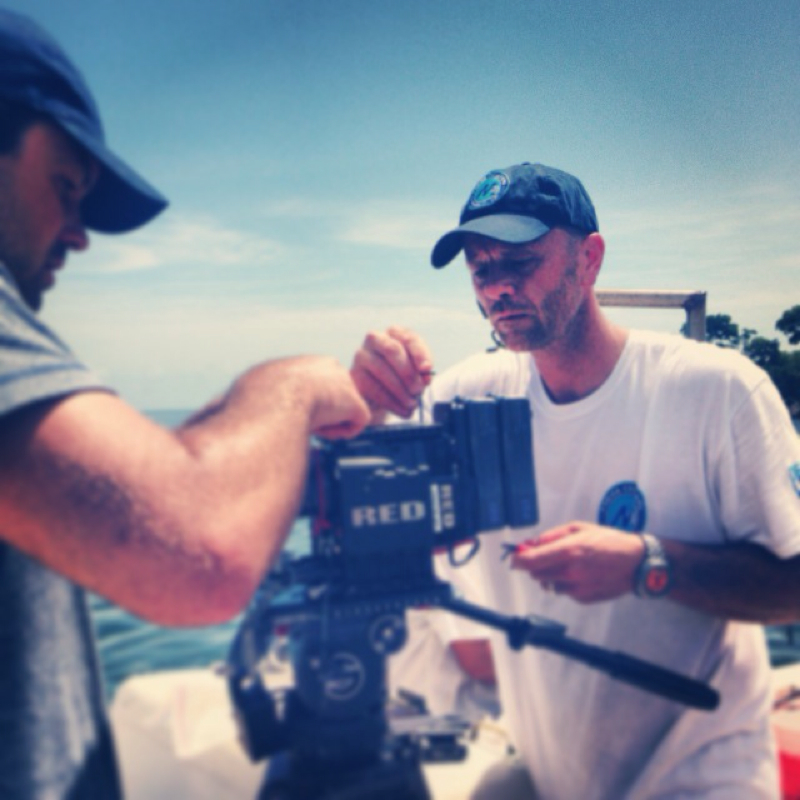
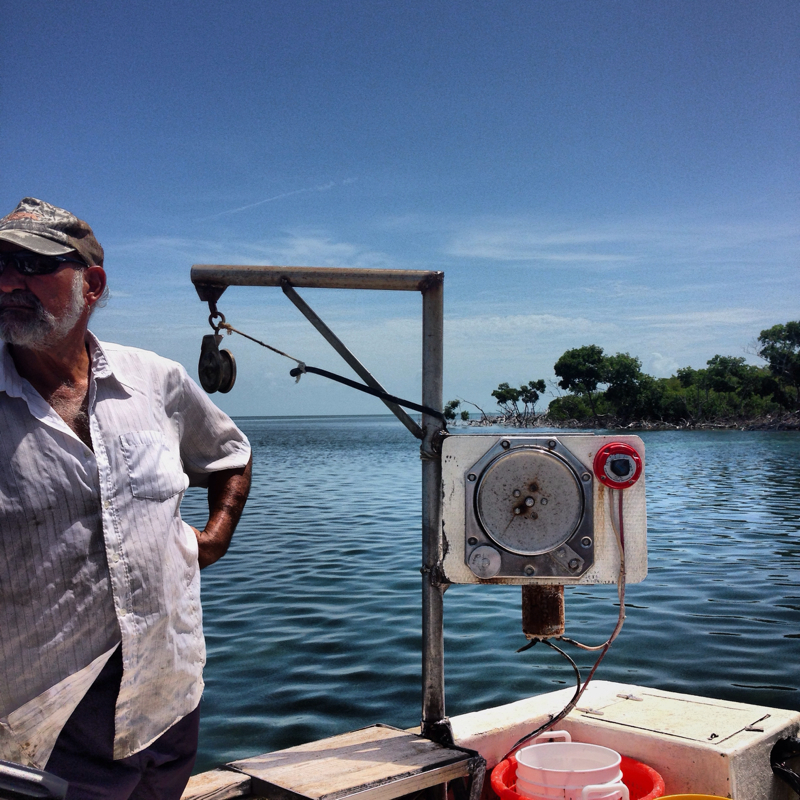
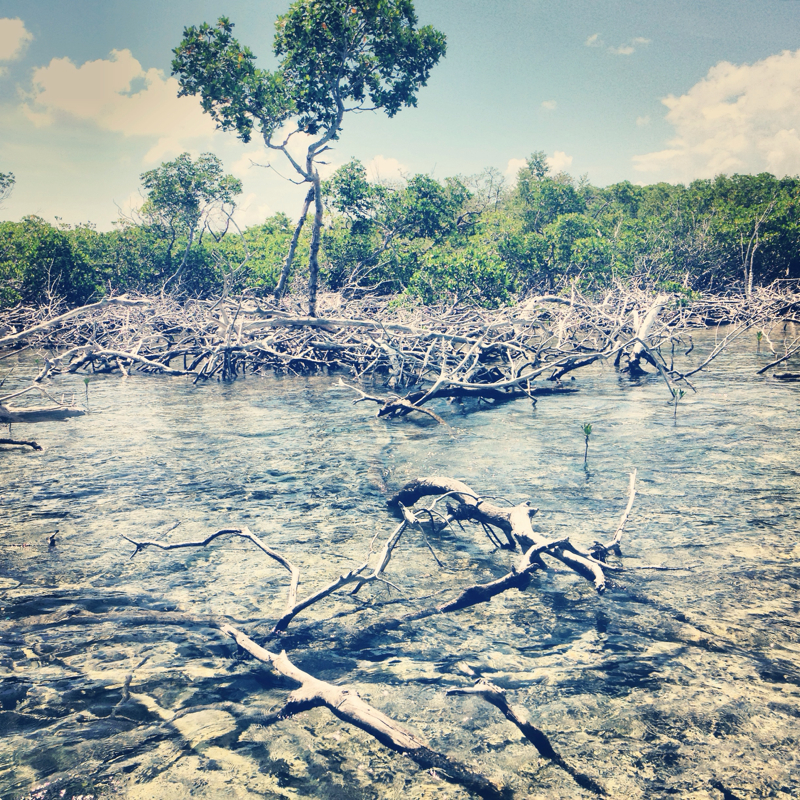
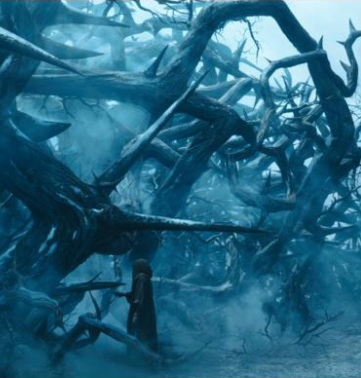
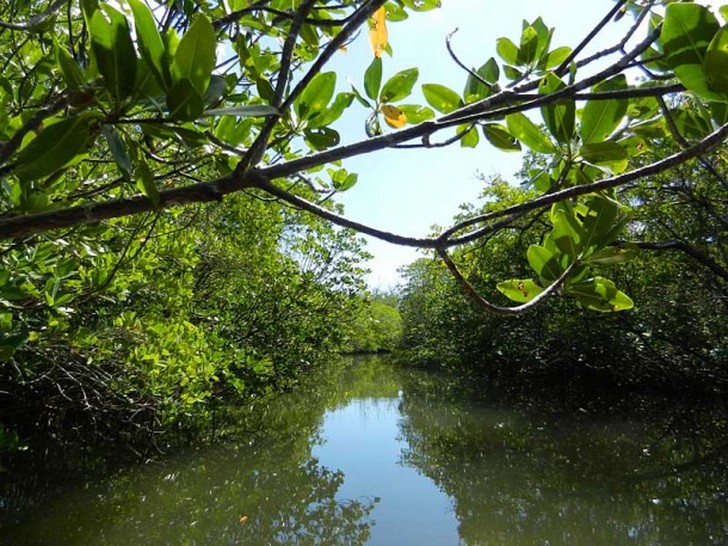
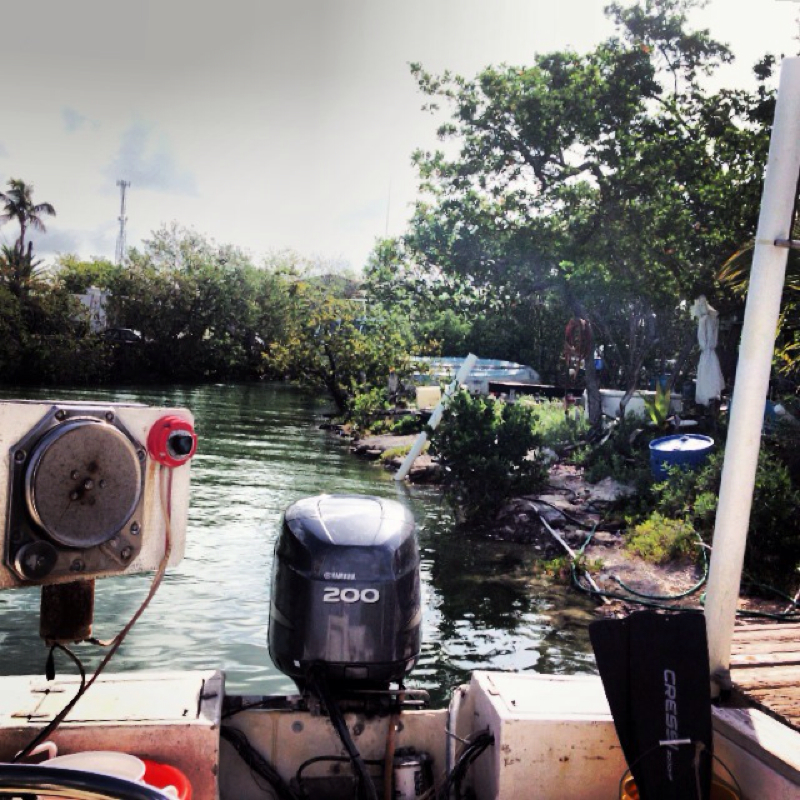
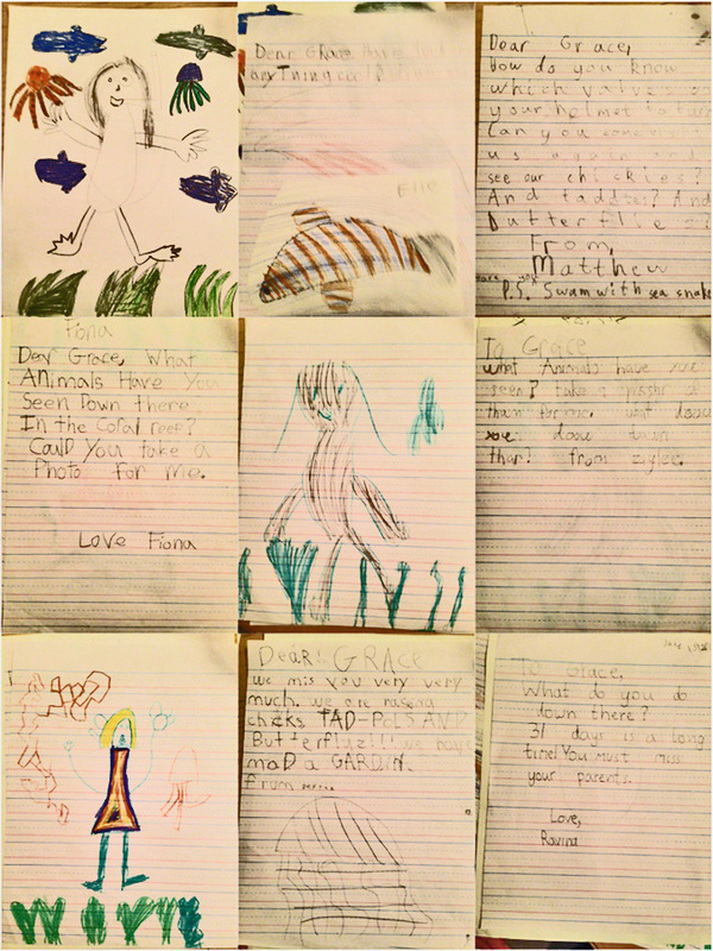
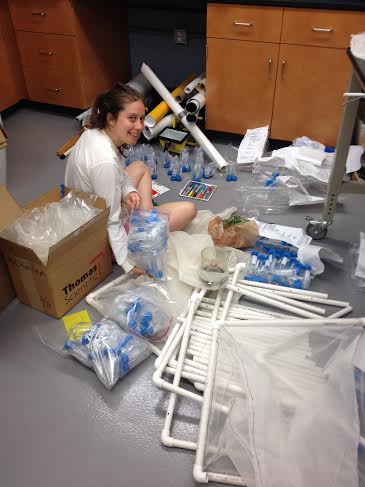
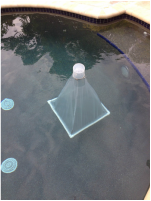
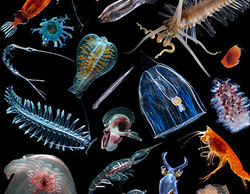
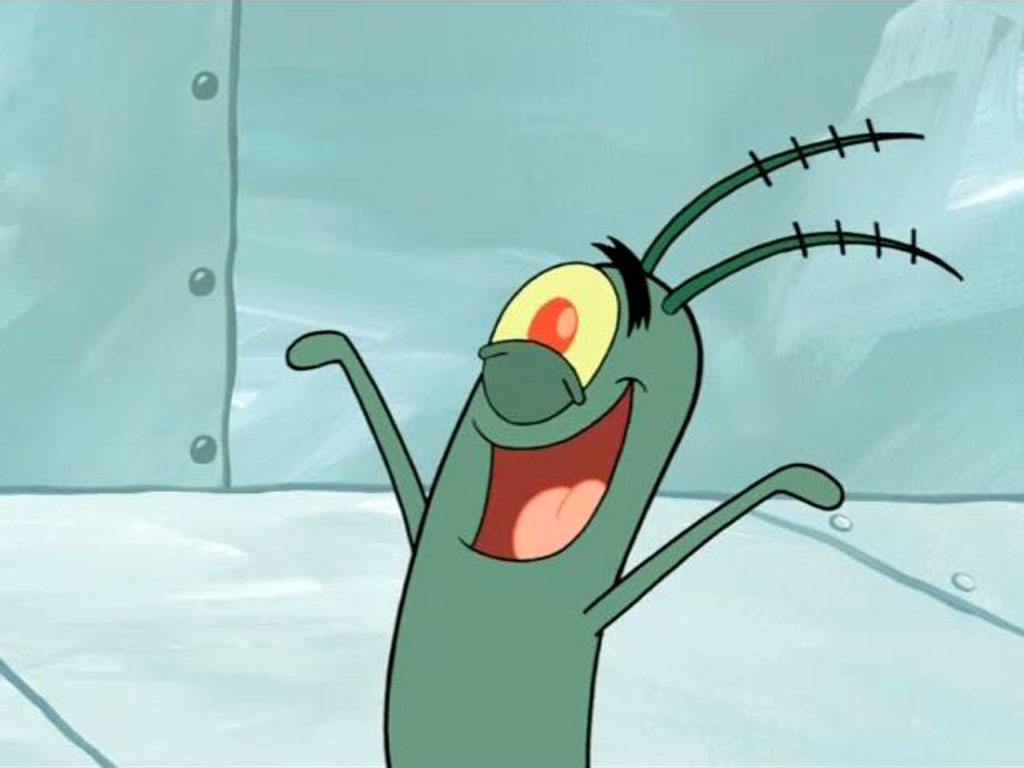
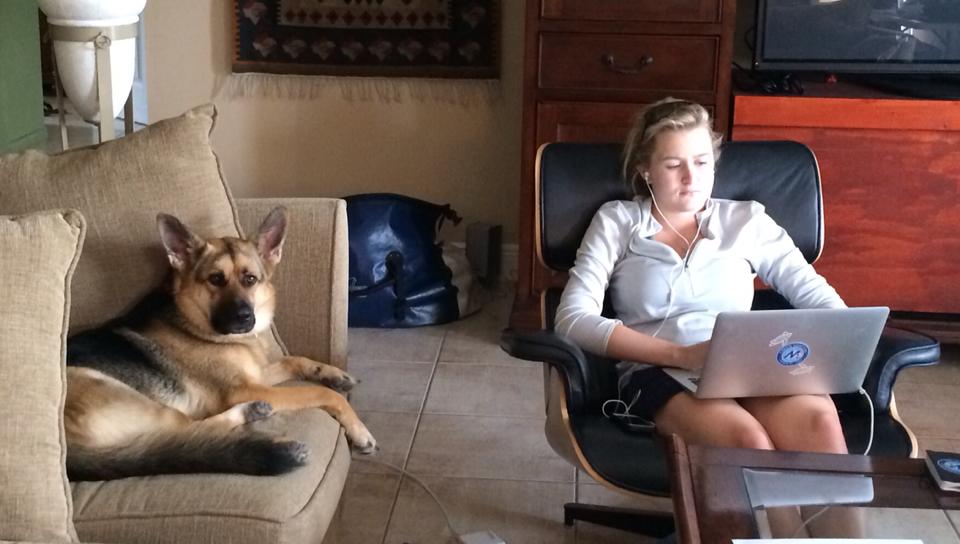

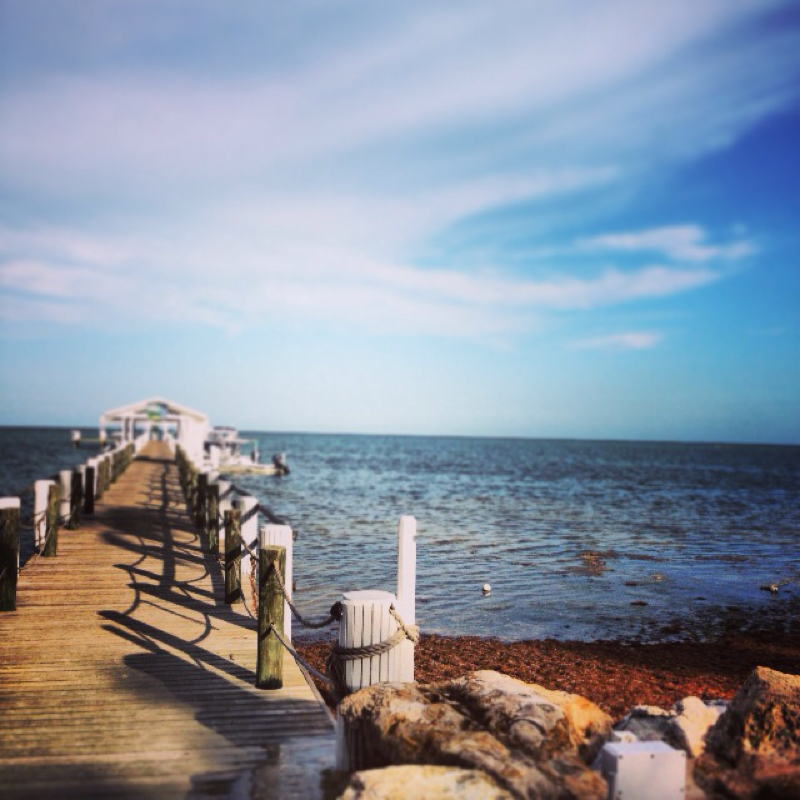
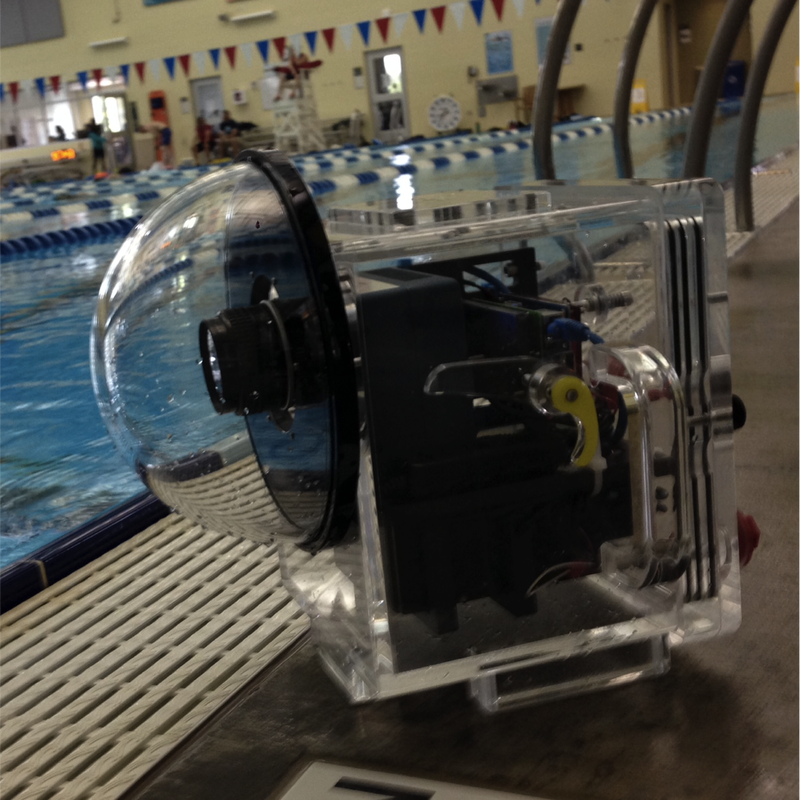

 RSS Feed
RSS Feed
